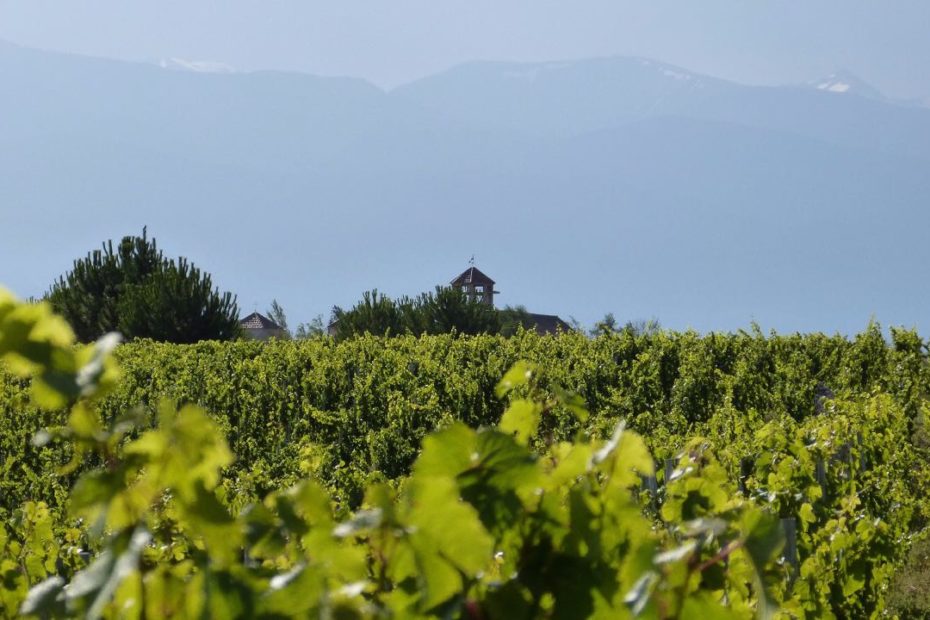In general, this harvest was preceded by a spring that was colder and dryer than usual, which gave way to a similar summer.
Uco Valley saw an improvement from the meager harvests of 2016 and 2017, with a higher yield overall, although in some regions some grapes experienced coulure and millerandage. In Lujan de Cuyo, vineyard productivity remained equal or even higher than in 2018.
Although we had intensely warm weeks during January and February (more specifically the last week of January and first of February), we had a benign summertime with little precipitation. Agrelo did experience strong showers in early February.
In the upper Uco Valley some Malbecs showed failure in the set period, which resulted in lower yields. In the valley floor and lower-altitude sub regions, fruit-set was more acceptable, resulting in higher yields, due to a spring season without major temperature drops.
Veraison in general began later than usual, as part of a cycle, that was long and uneven, and which experienced an overall delay of about 10 days.
The same happened in Agrelo, although the delay caught up at the end of the cycle, and harvest ended up happening around the yearly average dates.
The end of February came around with little rain, and March started off cool and with winter-like drizzles by the end of its first week.
I will focus particularly in one region and one varietal: Gualtallary and Malbec. This appellation experienced beneficial heavier rains during spring, mainly in November (we registered 151 mm in our vineyard), matched beautifully with December, January and February which were unusually dry: below the average annual rainfall.
We experienced a bit higher vigor in Malbec, with well-balanced vines and low production. This led us to expect a well-timed maturity, with a 10 to 15 day delay compared to last year.
March was dry and cool, which set up a good panorama for harvest.
The grapes harvested around the third week of March resulted in very precise-crafted wines with amazing ageing potential.
Given that, this vintage came with practically no rain and cool weather, acidity levels were optimal and sugar levels were not very high (in Uco Valley), so those who delayed their harvests a bit will obtain also a more ripen but excellent quality wines.
This year, we will have wines with beautifully balanced alcohol and acidity.
As I have been personally committing since the end of the harvest, I consider 2019 as the best vintage in the last 30 years, even above the outstanding 2013.
Last 24 vintages:
12 warm: 1996, 1997, 1999, 2000, 2002, 2003, 2004, 2006, 2009, 2012, 2017 and 2018.
12 cold: 1998, 2001, 2005, 2007, 2008, 2010, 2011, 2013, 2014, 2015, 2016 and 2019.

